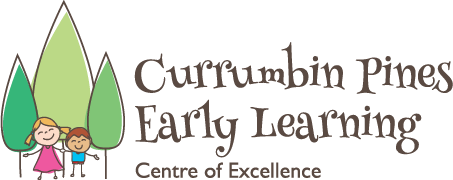My journey has always been driven by a desire to make a difference in the world. Sure, it’s an ambitious goal, but as a wise person once said, “We can’t change the world, but we can start changing it.” To truly grasp this challenge, I dove into understanding the world’s inner workings. I discovered that education is a potent tool for shaping future generations and making sense of our reality.
That’s why I pursued studies in History and Geography—because the biggest questions often start with personal experiences tied to time and place. However, when I began connecting the broader human experience with the world of teenagers, I realized a critical gap: schools were missing their true purpose. Despite my best efforts to teach complex content, I found that students needed more than information and specific contents; they needed love and attention. The explanation for the sometimes challenging teenager’s behaviour had its root in their childhood and how their brain was modelled through their attachment with their parents/carers.
This realization led me to delve into neuroscience, where I encountered the concept of neuroplasticity. It was a revelation: our brains remain capable of learning and growing well into our 80s, thanks largely to our environment. As Aristotle once noted, our senses are our gateway to reality, and modern research supports this, highlighting the importance of the environment in learning—a concept beautifully embodied in the Reggio Emilia philosophy, which views the environment as the “third teacher.”
With these insights into the power of sensory experience, brain health, and the environment, I embarked on a journey into Early Childhood Education three years ago. Here, I’ve found immense fulfillment in a rewarding role, making meaningful connections within the community, and witnessing firsthand the impact of attachment on children’s development. This led me to develop an educational project I call “The Three M: Music, Movement & Mindfulness.”
Music
Music is deeply tied to emotions, from infancy, we use music to help calm children, through soothing lullabies and gentle tunes, or entertain with happy beats that make everyone smile. When using instruments children become in tune with vibrations from guitar strings and drum beats, engaging multiple senses at once.
Movement
Movement is proven to improve mood, promote positive mental and physical health, enhance focus and attention and foster enhanced regulation and resilience.
Mindfulness
Mindfulness helps children pay attention to their thoughts and feelings, identify and self manage their emotions and teaches them how to slow their thoughts in a busy world.
Why focus on these three areas?
Because they are essential lifelong skills that lay the foundation for a healthy and successful life. Research underscores the importance of the early years in a child’s development, making this the perfect time to nurture qualities like curiosity, imagination, empathy, and resilience. Music, Mindfulness, and Movement are key allies in this endeavour. Music generates creativity, Movement creates new neurons, and Mindfulness helps us manage our emotions and thoughts wisely.
In an age where regulation is often taught through a screen, this program gives children opportunities to learn about their emotions through a sustainable and holistic approach that can grow with them in years to come.
